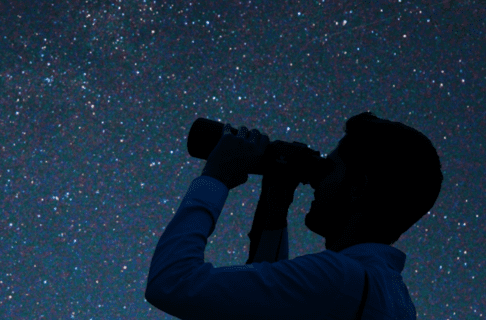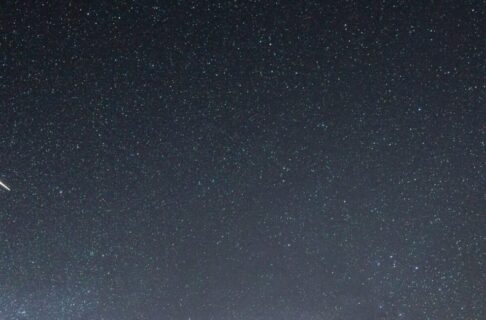Posted on: Thursday May 5, 2016
This Monday, Manitobans can witness a rare astronomical event that at once demonstrates some of the most important principles of the Universe. All you need is clear skies… and a special telescope. Luckily, the Planetarium has you covered on that second one! (More on that later.)
As the planets orbit the Sun, their position in our sky changes. Right now (in May 2016), Jupiter is visible in the evening, with Mars and Saturn both rising later in the night. There are two planets that orbit closer to the Sun than our planet Earth, and so they never appear late at night – from our point of view, they always appear close to the sun in the Sky. These two planets, Mercury and Venus, are usually visible soon after sunset or just before sunrise, depending on their location in their orbit. Venus is the bright “evening star” or “morning star” that most people have seen (if not identified), but Mercury is more elusive. Being closer to the sun, it is often very low in the sky, and only visible for a couple of weeks before its orbit carries it too close to the sun to be seen.
However, this orbital geometry that works against us has one big benefit: every so often, Mercury or Venus will be seen actually silhouetted against the sun’s blinding surface. This event, called a transit, only happens a few times a century for Mercury and even less often for Venus. This Monday, it’s Mercury’s turn to transit the Sun. Here’s how to watch.
FIRST: NEVER LOOK AT THE SUN WITHOUT PROPER EYE PROTECTION. “Proper” means a special solar filter purchased especially for solar viewing – eclipse glasses or a specialized telescope filter. NOT SAFE: sunglasses; CDs/DVDs; smoked glass; or any of that stuff. If you don’t have a special solar filter you spent at least $100 on, it’s probably not safe. Do not risk your eyesight when there are easier ways to see this event without risk.
Mercury is too small to see crossing the sun without some level of magnification, so those cardboard eclipse glasses won’t be much help for this event. (But save them – there’s a solar eclipse in August 2017 you’ll need them for!) This means, you need a telescope or pair of binoculars, which means you also need a specialized solar filter, or use an indirect method.
HERE is how to turn your ordinary household binoculars into a safe transit viewer. NOTE: Make sure you follow the safety warnings on the video – watch right to the end. This clip was produced for the transit of Venus, but it works for this event and for general viewing of sunspots as well.
If you don’t have your own way to view the transit, there’s still hope. You can join us at the Museum – the Galleries, Planetarium and Science Gallery are closed Mondays, but our staff will be outside behind the Museum (weather permitting) near the corner of Lily Street and James Avenue to view the transit, and you’re welcome to join us. You can also watch the event online from various sites around the world: search for “mercury transit live webcast” for several options.
Watching the transit of Mercury lets you witness the clockwork of the solar system first-hand. Over the course of the day, Mercury’s tiny disk will cross the Sun, carried by its orbital motion. From this simple observation, you can see that Mercury orbits the Sun and is closer to the Sun that we are. Over time, astronomers also noticed that timings of the transit of Mercury were off slightly by what we would expect just based on classical gravitation effects; it would remain for Albert Einstein and his theory of General Relativity to explain the discrepancy. The transit you are seeing this Monday is one of the strongest and most reliable proofs that Einstein’s view of the Universe is correct.
All that from watching a little black dot on the sun today!





